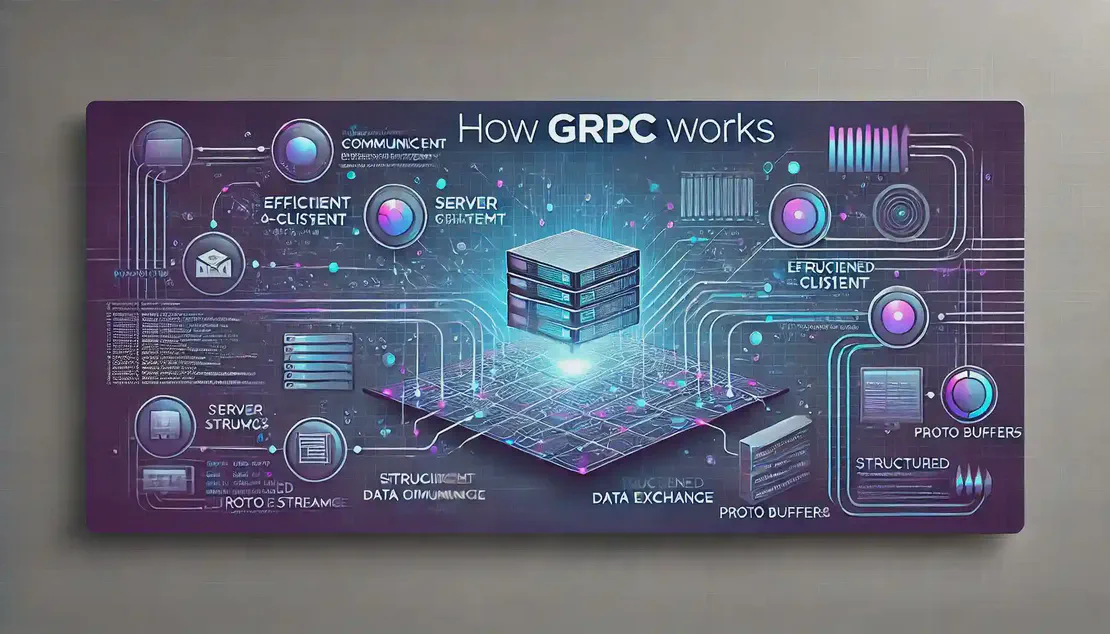
Service Discovery in Microservices
- Vipul Kumar
- System design , Microservices , Service discovery , Scalability
- November 24, 2024
Table of Contents
🔍 Definition — Service discovery is a mechanism that allows microservices to locate and communicate with each other within a distributed system. It is essential for managing the dynamic nature of microservices environments.
📍 Importance — In microservices, service instances can change locations frequently due to scaling, updates, or failures. Service discovery helps maintain an up-to-date registry of these instances, ensuring seamless communication.
🔄 Process — Service discovery involves two main processes: registration, where services register their network locations, and lookup, where services query the registry to find other services.
⚙️ Implementations — There are two main types of service discovery implementations: client-side and server-side. Each has its own advantages and challenges in terms of load balancing and management complexity.
📈 Benefits — Service discovery supports dynamic scalability, resilience, and efficient load balancing, making it a critical component in modern microservices architecture.
How Service Discovery Works
🔧 Registration — When a microservice starts, it registers its network location with the service discovery system, allowing the system to maintain a catalog of available services.
🔍 Lookup — When a service needs to communicate with another, it queries the service discovery system to find the target service’s network location.
🔄 Dynamic Updates — The service discovery system updates its registry as services are added or removed, ensuring accurate and current information.
📡 Communication — Services communicate over a network, often using REST APIs or gRPC, facilitated by the service discovery mechanism.
🛠️ Tools — Common tools for service discovery include Consul, Eureka, and Zookeeper, which provide robust solutions for managing service instances.
Types of Service Discovery
🔄 Client-Side Discovery — The client is responsible for determining the network location of service instances and distributing requests among them.
🖥️ Server-Side Discovery — A server-side component, such as a load balancer, handles the discovery and routing of requests to service instances.
⚖️ Load Balancing — Client-side discovery allows clients to make load-balancing decisions, while server-side discovery centralizes this function.
🔍 Examples — Netflix Eureka is a popular client-side discovery tool, while AWS ELB is an example of server-side discovery.
🔧 Complexity — Client-side discovery can increase application complexity, while server-side discovery simplifies client logic but requires robust server infrastructure.
Benefits of Service Discovery
📈 Scalability — Service discovery supports dynamic scaling by allowing new service instances to join the system seamlessly.
🔄 Resilience — It enhances system resilience by adapting to changes in service topology, such as failures or updates.
⚖️ Load Balancing — Service discovery facilitates efficient load balancing by distributing requests across available service instances.
🔍 Fault Tolerance — By maintaining an up-to-date registry, service discovery helps ensure that requests are routed to healthy instances.
🛠️ Maintenance — It simplifies maintenance by automating the management of service endpoints and communication paths.
Follow me on: LinkedIn | WhatsApp | Medium | Dev.to | Github


